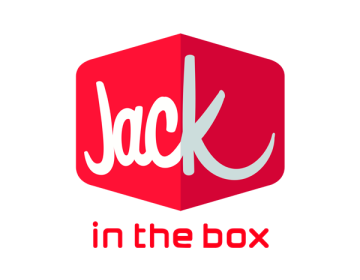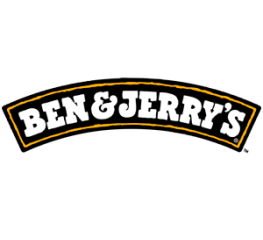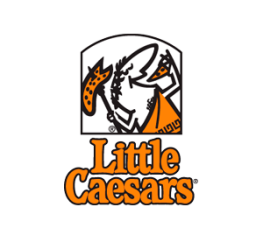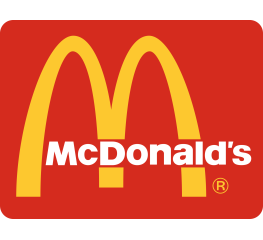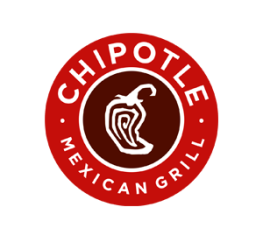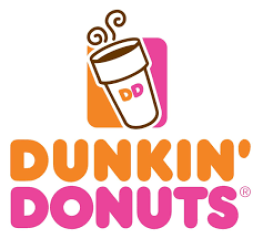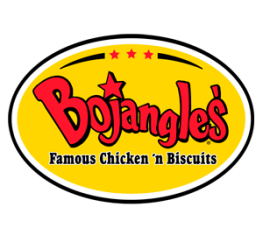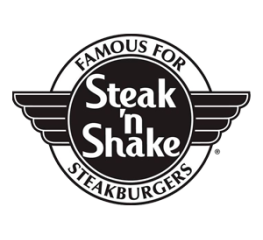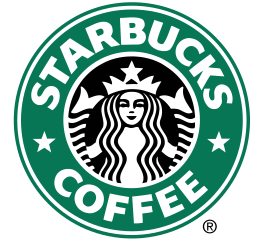Jack in the Box restaurants history
How the restaurant JACK IN THE BOX was created
The west coast of the United States is the main place where they serve. Besides this part of the country there are restaurant in urban areas among them are Phoenix, San Antonio, Kansas City and other places.
Food which is offered at the restaourants has a great variety, it includes different types of chicken tenders and fries, also they offer hanburger and cheesburgers, sandwiches. Besides there are a lot of international dishes, for example tacos and egg rolls.
The foundation of the restaurant
When Robert Oscar Peterson decided to open Topsy's Drive in San Diego in 1941, he already had an esperience and possesed many successful restaurants.
In 1947 Peterson get the right to the intercome concept.
In 1951, R. Peterson transformed a place on El Cajon Boulevard into a Jack-in-a-Box hamburger shop.
Although the carriageway idea was not new, Jack in the Box developed different type of intercom system, it was a two-way. The first main net to use an intercom and the first to focus on traffic. The intercom provided much faster service than a customary driveway; while one client was served at the window, it was possible to accept and get ready to the order of a second and even a third client.
There was a enormous clown standing out from the rooftop, and also a minor clown's head sat on top of an intercom that said, "Move forward, Jack will speak to you." The '' Jack-in-a-Box'' Restaurant was considered as a "modern food preparation machine" and it was designed by La Jolla, California's who was a chief architect Russell Forester.
Their fast and rapid provision made the new locality very famous and almost immediately all of Oscar's locations were updated using intercoms and retitled Jack in a Box restaurant.
In 1960 Robert Peterson founded a holding company for Jack in the box, and it was Foodmaker. At that time, there were over 170 businesses of all Jack in the Box and mostly they were in the Southwest of the country and California, and all that businesses were possessed by the concern. Localities, food preparation, quality control, and the recruitment and training of managers and field personnel at each location were subject to severe assessments and hard presentation standards.
Peterson decided to sell Foodmaker to the Ralston Purina Company in 1968. After that period, in the 1970s, Foodmaker led Jack in the Box to its most prolific growth and began franchising organizations. The chain has become gradually reminiscent of its larger competitors, in particular the industrial giant McDonald's. In the second half of the decade, "Jack in the Box" began to struggle; its development into East Coast markets was shortened and then halted. By the end of the decade, Jack in the Box restaurants were selling in increasing numbers.
In 1980s, Foodmaker changed the Jack in the Box marketing plan by literally blowing up the net's symbol, “jack in a box,” in TV commercials with the slogan “Food is better in a box.”
Jack in the Box proclaimed that it will no longer contest for McDonald's target customer base of families with young children. As an alternative, Foodmaker targeted grownups, wealthier yuppies with better, higher-end menus and a series of quirky TV commercials including Dan Gilwezan who tried to associate the new menu items to those of McDonald's and other fast food chains. but to no benefit; henceforth their watchword "No comparison" at the time.
Restaurants Jack in the Box have been changed and decorated with light colors and hanging plants.
The logo covering the clown's head in a red square with the company name in red text on the field or below it, was changed, the words were placed in a red diagonal frame while they were still saving the clown's head.
Since around 1985, TV advertisements have introduced simple music performed by a small chamber ensemble.
